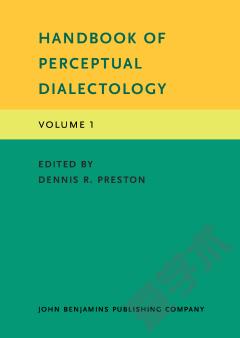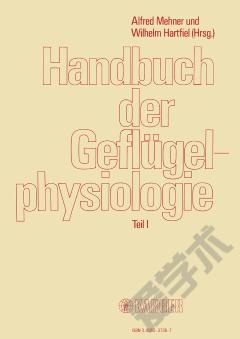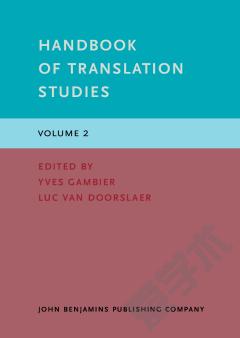Handbook of Perceptual Dialectology. Volume 2.
The Handbook of Perceptual Dialectology, Volume 2, expands on the coverage of both regions and methodologies in the investigation of nonlinguists' perceptions of language variety. New areas studied include Canada (anglophone and francophone), Cuba, Hungary, Italy, Korea, and Mali, and most prominent among the new approaches are studies of the salience of specific linguistic features in variety identification and assessment. As in Volume I, the reader will find in these chapters everything from the statistical treatment of the ratings of dialect attributes to studies of the actual discourses of nonlinguists discussing language variety. Dialectologists, sociolinguistics, ethnographers, and applied linguists who work in areas where language variety is a concern will appreciate the findings and methods of these studies, but social scientists of every sort who want to understand the role of language in the cultural lives of ordinary people will also find much of interest here.
{{comment.content}}








 京公网安备 11010802027623号
京公网安备 11010802027623号